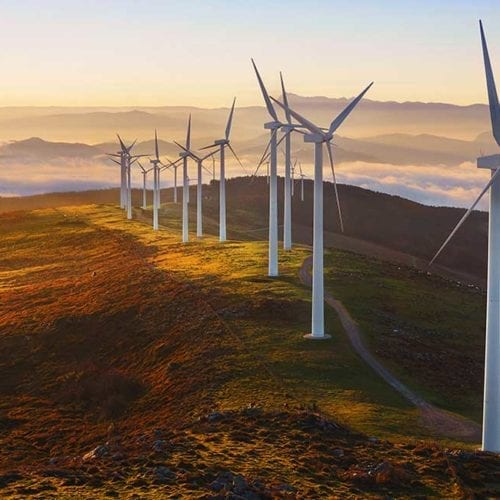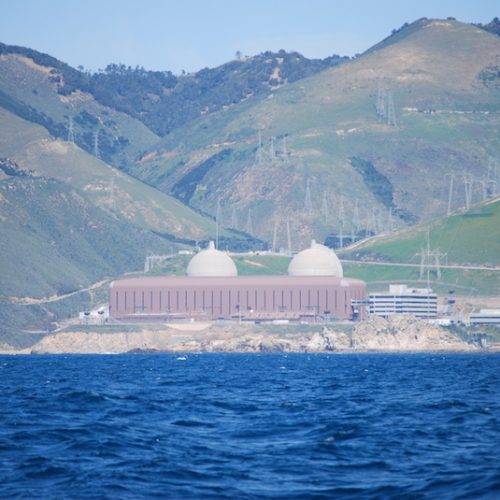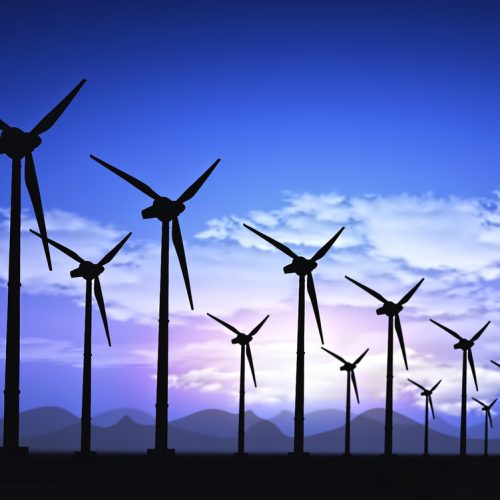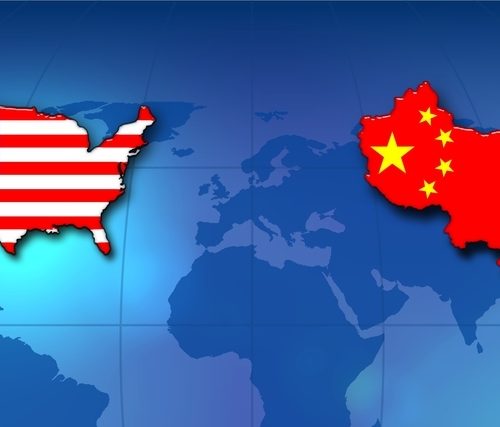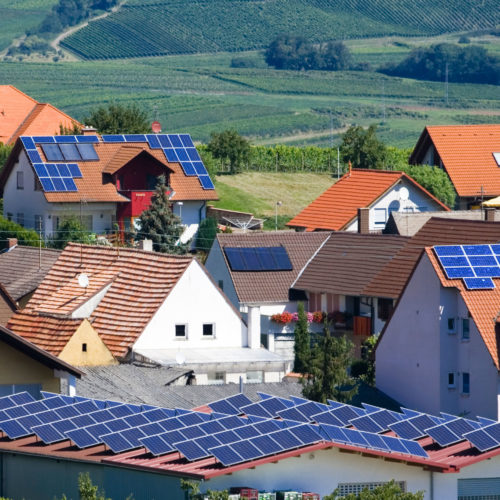
Physicist Amory Lovins (1947– ) is cofounder (1982) and chairman emeritus of RMI, which he served as chief scientist 2007–19 and now supports as a contractor and trustee; energy advisor to major firms and governments in 70+ countries for 45+ years; author of 31 books and more than 700 papers; and an integrative designer of superefficient buildings, factories, and vehicles.
To see his latest work and some of his classics, visit Inside Amory’s Brain.
Background
He has received the Blue Planet, Volvo, Zayed, Onassis, Nissan, Shingo, and Mitchell Prizes, the MacArthur and Ashoka Fellowships, the Happold, Benjamin Franklin, and Spencer Hutchens Medals, 12 honorary doctorates, and the Heinz, Lindbergh, Right Livelihood (“alternative Nobel”), National Design, and World Technology Awards. In 2016, the President of Germany awarded him the Officer’s Cross of the Order of Merit (Bundesverdienstkreuz 1. Klasse).
A Harvard and Oxford dropout and former Oxford don, he’s an honorary US architect, Swedish engineering academician, and Fellow of the Royal Society of Arts (UK). He has taught at ten universities, most recently the Naval Postgraduate School (Professor of Practice 2011–17) and Stanford University, where he’s currently Adjunct Professor of Civil and Environmental Engineering and a Scholar of the Precourt Institute for Energy—but only teaching topics he’s never formally studied, so as to retain beginner’s mind. He served in 2011–18 on the National Petroleum Council and has advised the US Departments of Energy and Defense.
Time has named him one of the world’s 100 most influential people, and Foreign Policy, one of the 100 top global thinkers. His latest books, mostly coauthored, include Natural Capitalism (1999, www.natcap.org), Small Is Profitable (2002, www.smallisprofitable.org), Winning the Oil Endgame (2004, www.oilendgame.com), The Essential Amory Lovins (2011), and Reinventing Fire (2011, www.reinventingfire.com).
His main recent efforts include supporting RMI’s collaborative synthesis, for China’s National Development and Reform Commission, of an ambitious efficiency-and-renewables trajectory that informed the 13th Five Year Plan; helping the Government of India design transformational mobility; and exploring how to make integrative design the new normal, so investments to energy efficiency can yield increasing rather than diminishing returns.
His avocations include fine-art mountain and landscape photography (www.judyhill.com), writing, music, linguistics, great-ape language and conservation, and Taoism.
Location
Basalt, CO
Downloadable Bios
General Audience
Energy/Security Audience
Automotive/Transportation Audience
Architecture Audience
Chinese Language


